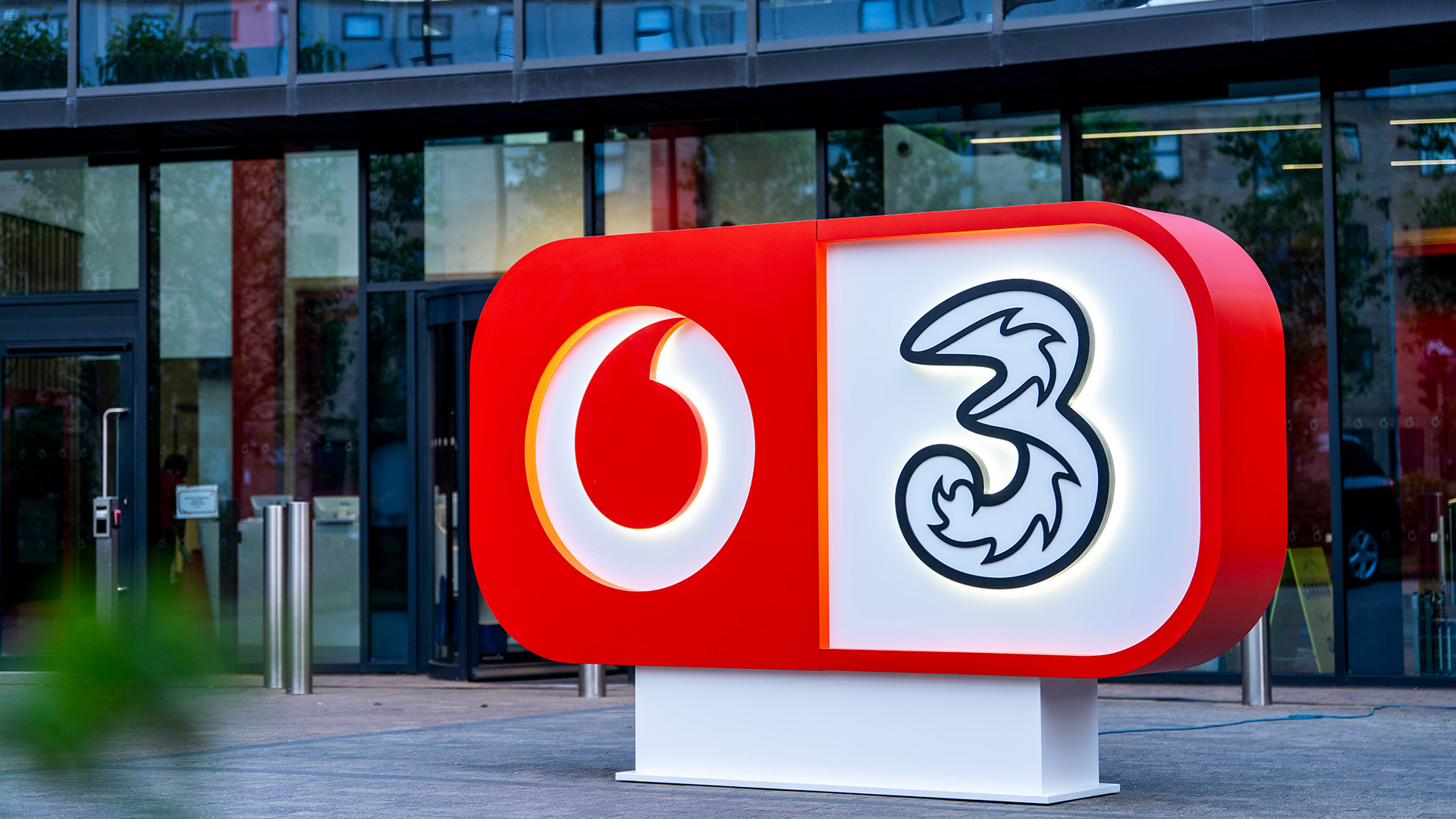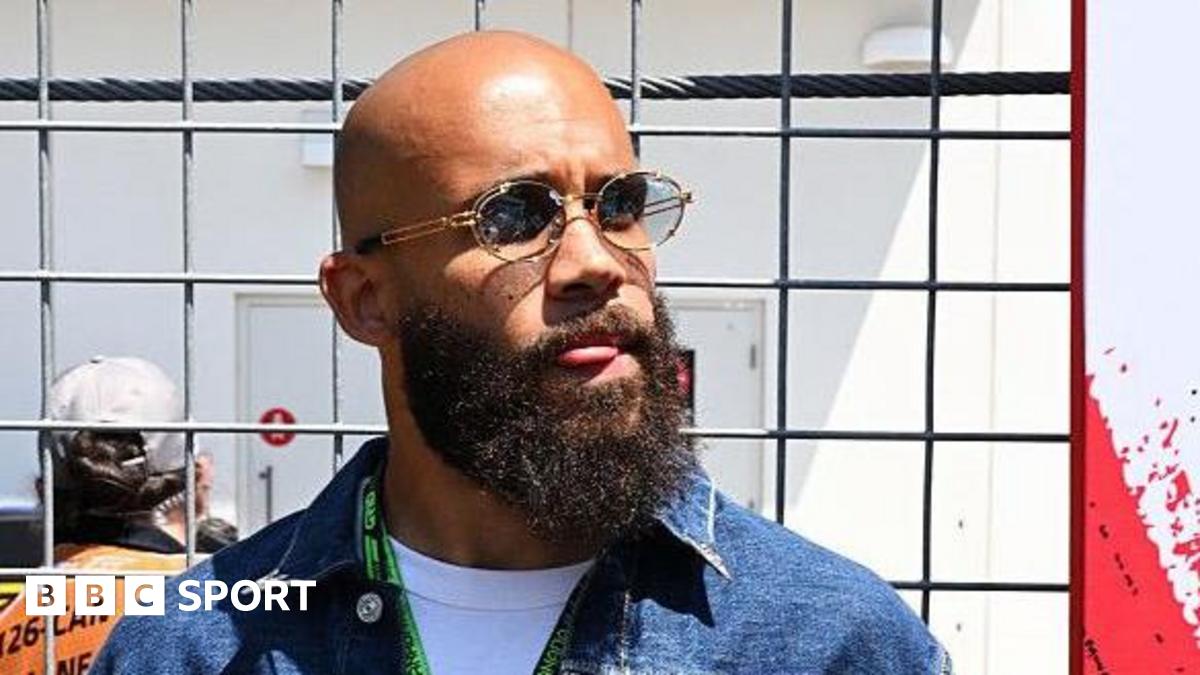Quick Summary
The VodafoneThree company merger will result in better, stronger signals for existing Vodafone and Three customers as more details emerge.
The newly-formed firm has started to install technology in each brands' masts that enables phones to find the best signal available, regardless of the SIM or handset.
When Vodafone and Three formally announced the completion of their merger, forming the new VodafoneThree network, we speculated on what this would mean for customers of both brands.
We saw the potential in a combined network offering better signals, especially in areas where one or the other service was traditionally weak. We also learned during the merged firm's launch event that, no matter whether you are on a Vodafone or Three SIM your phone will eventually auto-select the nearest mast for the best connection. However, it wasn't entirely clear how exactly it will work.
Now we have a better understanding, plus a timeline, and it promises to be a significant upgrade for all customers. You won't need to pay a penny more for it, as it will come at no extra cost, and you won't even need to do anything yourself.
That's because (via ISPReview) VodafoneThree plans to utilise Multi-Operator Core Network (MOCN) technology to enable the sharing of the two former companies' radio networks "within a few months".
This is a stop-gap solution to speed up the "access to roam" process, although eventual plans are to turn the newly expanded system into a single-core system.

(Image credit: VodafoneThree)
While rolling out the MOCN architecture is a fairly complicated procedure, it will not require customers to alter settings on their phones, or install a new SIM.
According to a newly published Q&A issued by VodafoneThree, the new brand's MOCN servers will recognise both Three and Vodafone SIMs and allow them access supported masts accordingly. It doesn't matter whether it was formerly a Vodafone mast being used by a Three SIM or vice versa.
The MOCN tech will reroute connections to each of the two brand's core networks until they too have been unified somewhere down the line.
It will take some time for the entirety of the combined network to have been converted – up to eight years, in fact – but the rewards will start to become obvious in just a few months from now. It's the most remote places in the UK and Ireland that will likely have to wait the longest.
You should in fact find your connection improving considerably before the end of 2025, whether you are currently on a Vodafone or Three contract. It also doesn't matter which phone you're on, whether that's an iPhone or one of the best Android phones.
The MOCN architecture will initially be dedicated to phone use on standard 4G and 5G services, but not standalone 5G – that will be available in the future.
It's also worth noting that customers on other VodafoneThree sub-brands, such as Smarty and VOXI should also benefit from the "access to roam" initiative.











